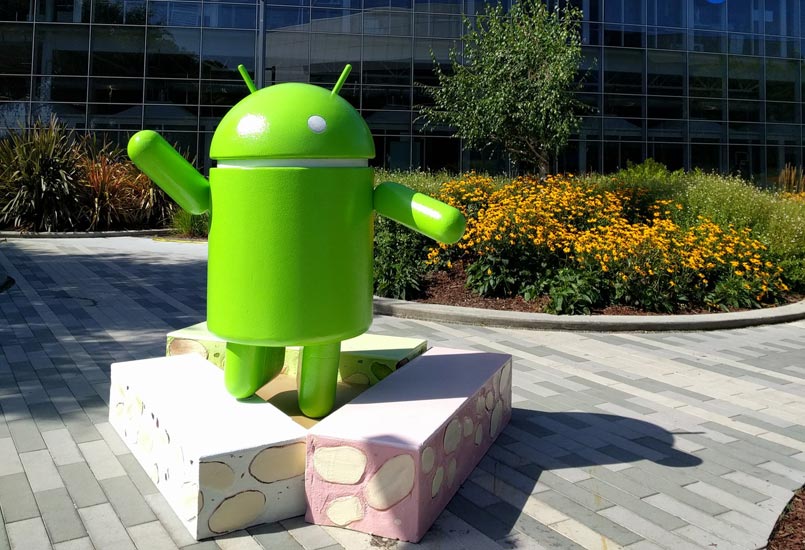There’s Marshmallow, Lollipop, KitKat and Nougat. No, these are not only the candies that are in your nearby store but also the names for the Android updates by Google. Although Android supported phones are dominant in the world market and customers usually prefer purchasing these, the huge problem that Google has faced is getting the latest version of it’s Android OS installed onto the huge array of devices, and especially the cheap ones.
Google has come up with the latest version of Android called Android O, expected to be released later this summer. It also has plans to get the latest version of its Android update on its estimated 2 billion devices. Google’s main competitor Apple’s most recent version of its software iOS 10 has found its way to about 79% of all iPads and iPhones. In a shocking contrast to that about 82% of Android users use the older versions of the software mentioned above.
But why is the Android update terribly slow on phones not built by Google? This is because there isn’t any modularity in the system. Unlike Apple, which produces the hardware and the software for its iPads, iPhones and MacBooks, the vast majority of Android phones are not made by Google.
Other than a few Nexus phone that are directly manufactured by Google, most of the phones are build by other companies like Nokia, Samsung, RedMi or HTC. Whenever Google creates a new version of its android update it is passed to the chipmakers. These chipmakers customize bits of the Android updated code to ensure that the update works well with the processors. Only then is the software handed over to the phone companies like Nokia or Redmi. These companies will add their own features before sending it to the network carrier who notify the consumer. Only then the consumer has the option of updating their phone. This whole process usually takes months.
With Project Treble, Google aims at cutting this time consuming process by separating the particular updated code that the chipmakers use by making it more convenient for them to find everything in one place. The goal therefore is to cut the amount of time it would normally take to pass the new version of update from Google to the chipmaker and then to the device makers.
There is always the catch, however, of handset makers and carriers taking as long as they want before sending out Android updates. It might be more profitable for these hardware manufacturers to not send the update, since outdated software would increase the chances of the consumer’s dissatisfaction, thereby increasing their probability of purchasing a new phone.
Google plans to change this with its Project Treble which will aim at speeding the time it takes for phones to install the latest updates. With Android O, Google is aiming at its biggest surgery in the Android world. Google plans to introduce a vendor interface that allows the device manufacturers to ship the new Update just by updating the Android OS framework without any additional work required from the silicon manufacturers.
The changes will to be incorporated in its Android O update. It is hoped that these changes to its system will make it cheaper, faster, and easier for manufacturers to update devices. Hopefully that will keep the candy in our mouths and out of our cell phones.










